Hi folks,
TANGLED UP IN BLUE: This is the first podcast of Season Three of BOB DYLAN: A HEADFUL OF IDEAS. As you can see if you’ve been following these, I am jumping rather randomly around Dylan’s career as the inspiration strikes!
Having written DETERMINED TO STAND: THE REINVENTION OF BOB DYLAN, a study of Dylan’s later work from ‘Time out of Mind‘ onwards, I am currently working on two sequels – firstly of the ‘middle period’ and secondly of the ‘early period’. A trilogy in reverse! As with the first book I will examine virtually all the songs from each period in detail, discussing the lyrics and music and contextualising the songs in terms of Dylan’s literary and musical influences. These blogs will – in a changed form – be eventually ‘fed into’ the books, the first of which I hope to get out in a year to eighteen months from now. Please like and subscribe on you tube!
TANGLED UP EXTRACTS
The key to Dylan’s approach to the songs has often been indicated by his statements about the influence of art teacher Norman Raeburn, whose classes in New York Dylan attended during this period. By explaining to Dylan about how the great painters of modern art could produce images which could be viewed from several different perspectives at once, Raeburn seems to have inspired him to replicate such techniques in songs – a quite revolutionary and original approach influenced most prominently by the work of Pablo Picasso. In his Cubist paintings Picasso defies the laws of perspective to paint figures so that we appear to be looking at them from several angles at once. Such a perspective is particularly appropriate when describing the vicissitudes of love relationships, which may often be viewed in completely valid ways from the angles of more than one protagonist. In Tangled Dylan applies this technique to the most obvious and distinctive effect…
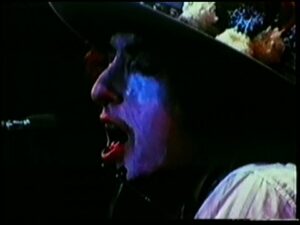
Tangled Up structure
….The song has seven verses. Each verse has twelve lines with the addition of the repeated title line at the end and these are divided into three groups of four lines. Dylan uses an ABAB rhyme scheme throughout. At the end of each verse, the final ‘B’ rhyme is followed by a short phrase that rhymes with ‘blue’. This structure remains in place throughout the many different versions of the song, giving an extra ‘kick’ to the repetition of the title. The title itself works as a summation of the song, powerfully expressing the mental confusion of the narrator, who is just as ‘tangled up’ at the end of the song as he was at the beginning…
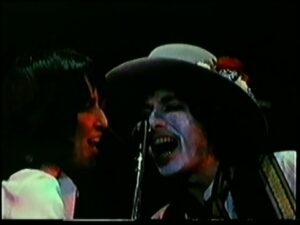
….In the original acoustic version, and in many subsequent live performances, Dylan uses the second person ‘he’ rather than ‘I’ in the first four verses, before switching to the first person in the last three. In the heavily rewritten iteration of the song performed on the 1984 tour (a version of which appears on the Real Live album) the narrator indulges in some colourful comic exaggeration, beginning …She was married when they first met/ to a man four times her age…
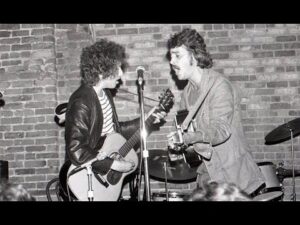
Tangled Up Quotes
We are told that …He left her penniless in as state of regret… and then declares, using a rather random metaphor, that …It was time to bust out of the cage… Here, with the added distance of third person narrative, the self deprecating tone of the recorded version is absent. The changed lines at the end of the verse are also noticeably more wistful and romantic: She turned around to look at him/ As he was walking away/S aying “I wish I could tell you all the things/ That I never learned to say”/ He said “That’s alright, baby, I love you too…” As time goes by, Dylan’s sympathy with (and perhaps compassion for) the protagonist appears to grow….
DAILY DYLAN NEWS at the wonderful EXPECTING RAIN
THE BOB DYLAN PROJECT- COMPREHENSIVE LISTINGS
STILL ON THE ROAD – ALL DYLAN’S GIGS
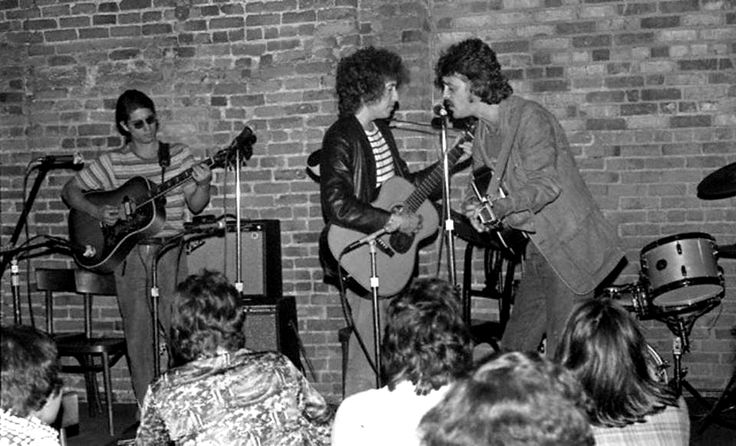


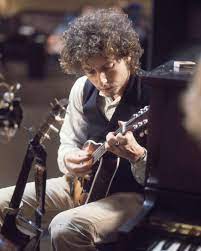
Leave a Reply